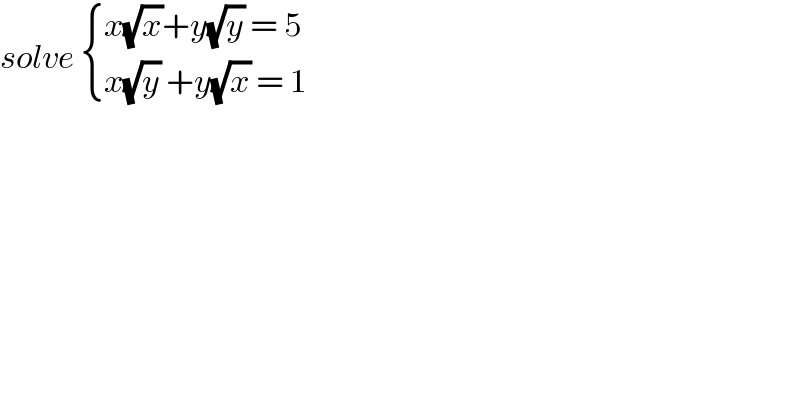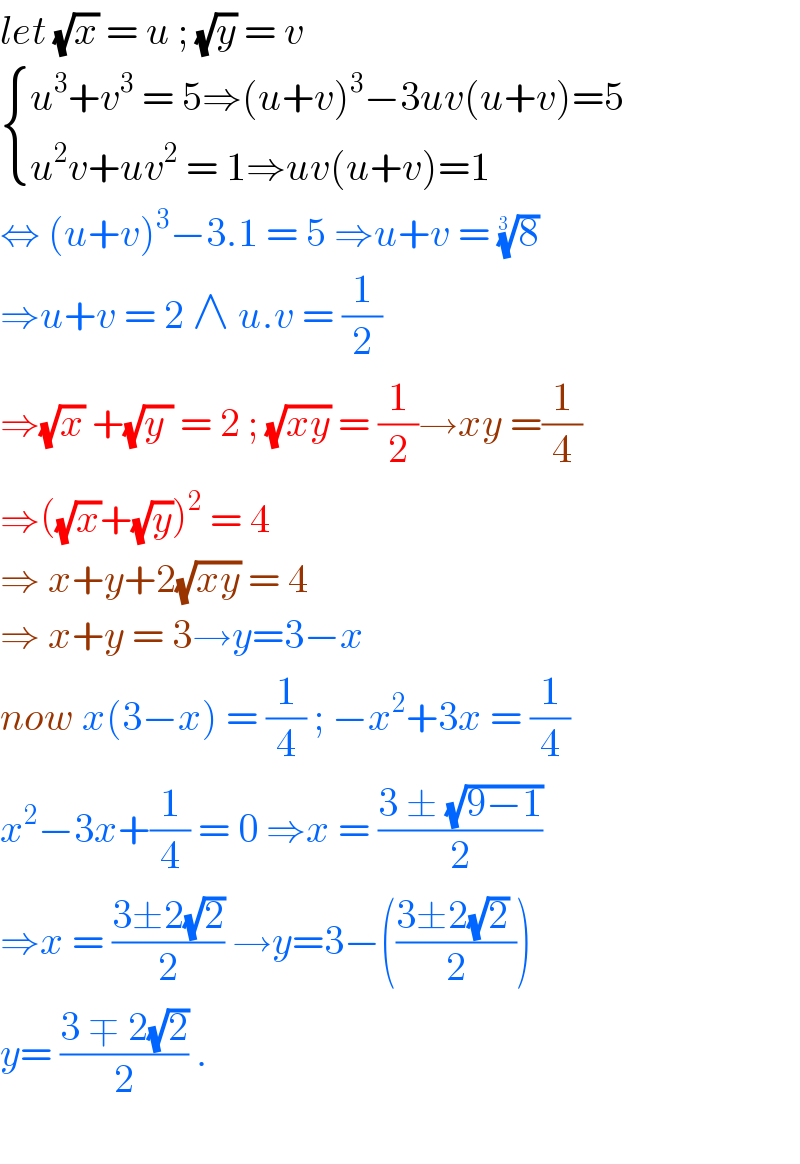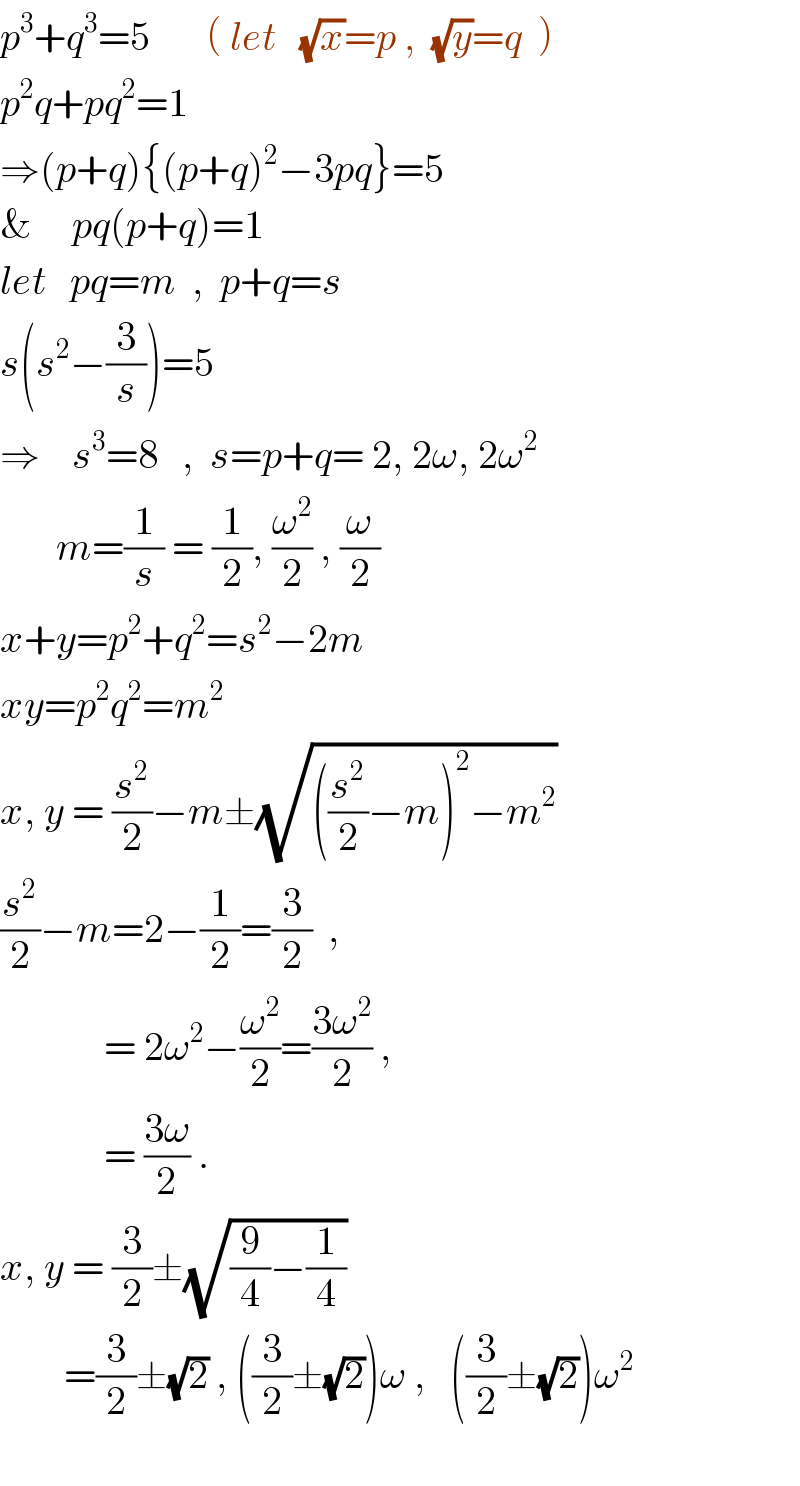
Question and Answers Forum
Question Number 111909 by john santu last updated on 05/Sep/20

Answered by bemath last updated on 05/Sep/20

Answered by ajfour last updated on 05/Sep/20

| ||
Question and Answers Forum | ||
Question Number 111909 by john santu last updated on 05/Sep/20 | ||
 | ||
Answered by bemath last updated on 05/Sep/20 | ||
 | ||
| ||
Answered by ajfour last updated on 05/Sep/20 | ||
 | ||
| ||